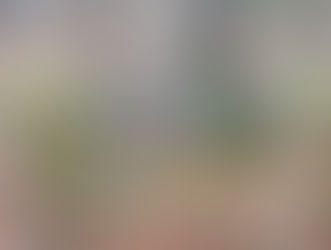Blind Tips
- Lee Lindsey
- Feb 28, 2017
- 2 min read
With the fall and winter turkey hunting seasons behind us in those states that have them, thoughts turn to the spring.
Here are some pictures of a blind we built on a January hunt, but this could work for a spring setup as well, particularly before the leaves have come in and it's harder to find good cover for your setup. It's a "temporary" stationary blind, something you might do if you're planning to stay in the same spot for a few hours.
In this case, our turkey dog (a pointer/setter mix) had done her job flushing a group of birds.
A tree at the flush site was chosen based on having good shooting lanes while not being out in the open.
Two ground stake blinds are set up around the tree, then holly branches are cut and placed in the ground around the blind. We use two ground blinds because of the nature of a fall/winter hunt. You flush the birds, then set up at the flush site and call. Turkeys will naturally want to regroup, and they come to the flush site to do it. This could take 30 minutes to several hours.
Also, you hope that on a flush the birds go in different directions. If they all head in the same direction, they don't have immediate motivation to return to the flush site. When they do scatter in different directions, you can't be sure which direction they'll come from when they head back. So, a 360 setup is in order.


Holly is convenient because it is an evergreen and found throughout the areas of central Virginia where we hunt, but other evergreens could work as well.
Some tips for this setup:
1) Cut the branches of the holly at an angle so they stick into the ground more easily. An ordinary pair of garden shears works well. 2) Place the upper side of the leaves facing out, rather than the underside. The goal is to look as natural as possible, and the lighter underside of the leaves makes them stand out rather than blend in. 3) Place 2 or more rows. Stagger the second row, placing the cuttings in the spaces between the first row. This gives the setup more depth and realism.
Good luck!





Comments